FRIDAY'S SCRIPT TIP:
BLACK THUNDER
HERE: A KEY
Movies are about people with problems. Car chases don't pay to see movies, people do. So the most important element in *any* screenplay, even a dopey action movie, are the characters. Though we may like watching things blowing up real good, that isn't as satisfying as a story where characters learn about themselves, go through changes, and stories where the relationship between characters change. These things are emotional, and appeal to the human side. A good screenplay not only has the genre juice (explosions, fights, chases, horror scenes, comedy - whatever the genre) it also explores characters and their relationships. Movies are about people.
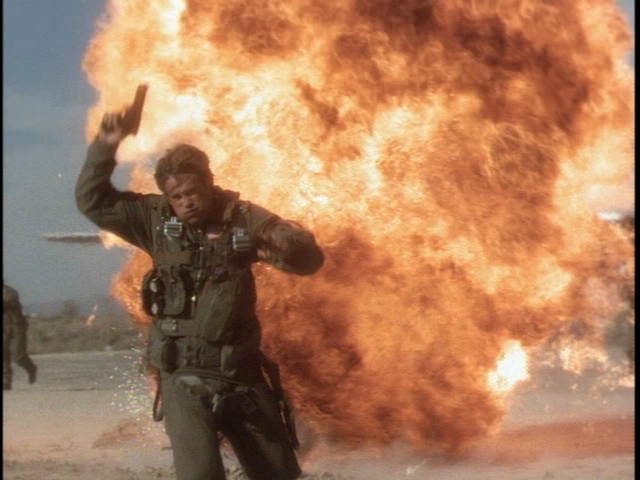
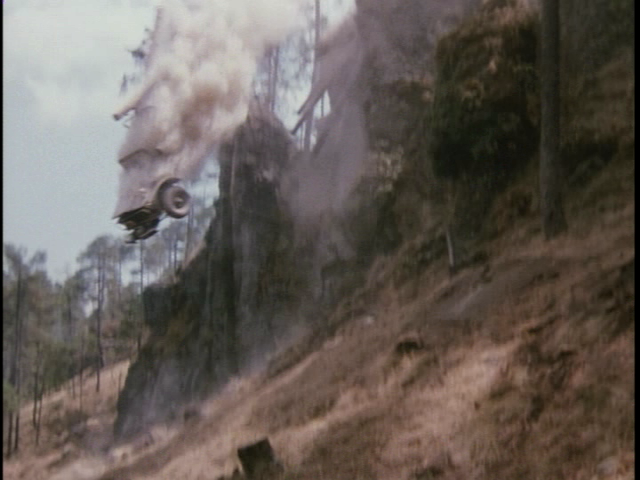
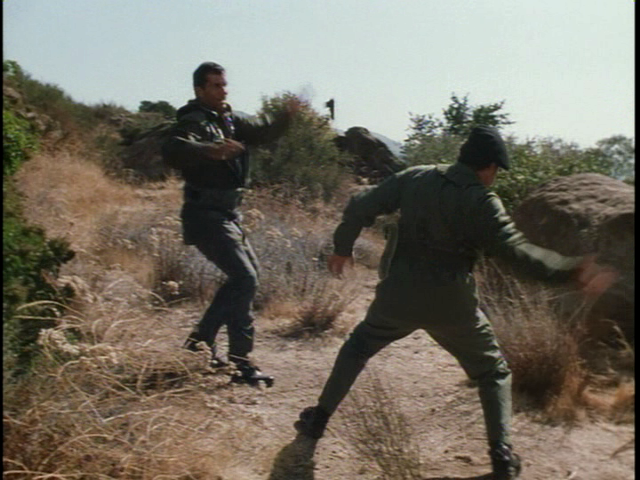
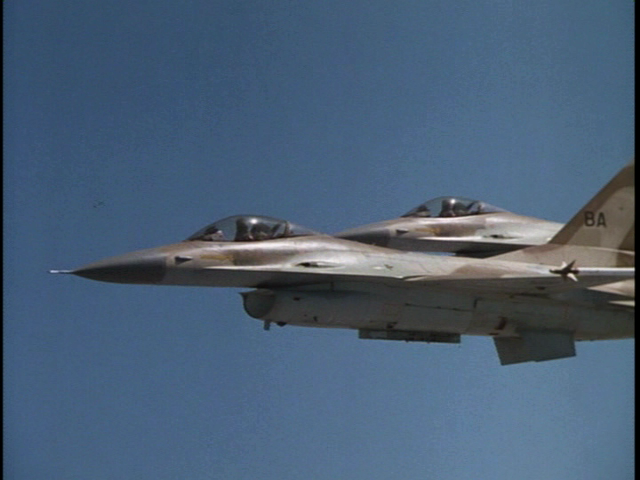
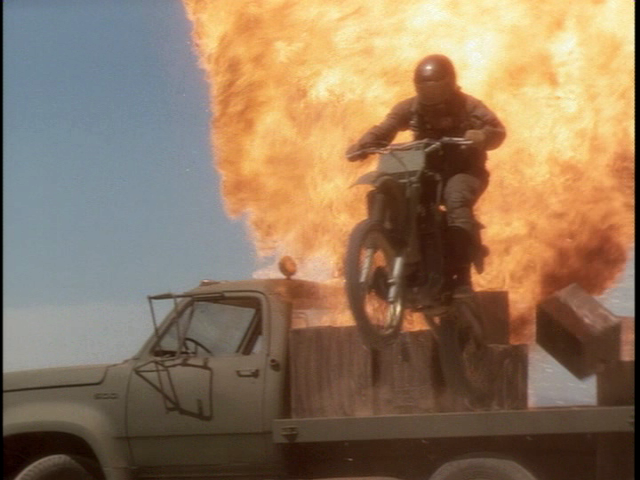
Now, I'm not talking about art house films where guys wear frilly shirts or indie dramas about families torn apart by social injustice - I write movies with wall-to-wall action filled with explosions, cars flying off cliffs, martial arts fight scenes, buildings exploding, snapped arms, shoot outs, machinegun fire, aerial dog fights, hand grenades, guys firing two guns at once, missile launchers, fiendish plans to bomb world leaders, scrambled air force squadrons, more explosions, and dudes in uniform yelling "Get me the President!" You know, guy flicks.
And the dirty little secret about guys - we're emotional. We cry at dog movies. We cry at father and son stories. When we are sitting in the darkness of a cinema - we can tear up without anyone seeing it.
When I wrote BLACK THUNDER about a decade ago, it was a different world. Silly little action movies were *disposable* - they would play cable (Showtime) then get dumped onto VHS as a rental title. Back then, a VHS movie was priced in the $100 range, and consumers just didn't buy them. Blockbuster and video stores would spend the $100 because they could rent them enough to make a profit. If a film managed to get good reviews - say, The Washington Post gave it a good write up in their Home Entertainment section, it might have a shelf life and become a video hit. On HARD EVIDENCE, when the film hit VHS there were good reviews in the video store trade magazines, which lead to stores ordering more copies and recommending it to their customers. That lead to the film skyrocketing to the Top Ten Rentals Charts, which caused a ripple effect - once the film was a VHS hit, Blockbuster ordered additional copies and featuring it in their *national* newsletter... leading to another huge spike in rentals. The video distrib sold more copies than expected... and probably bought other films from the production company.
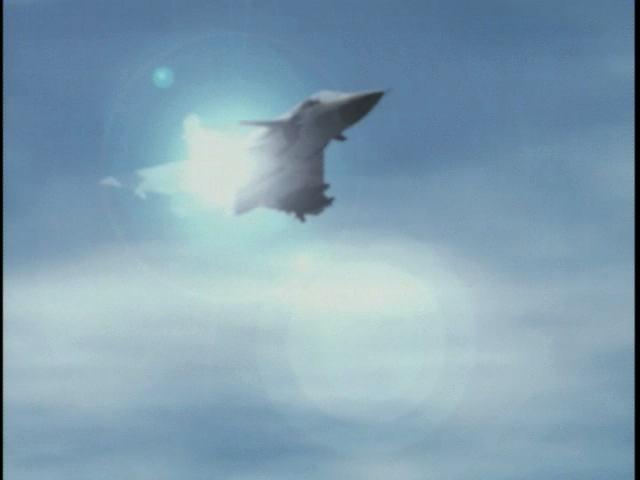
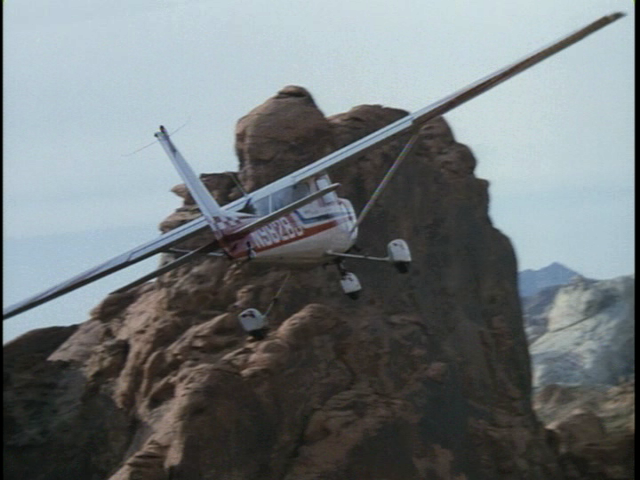
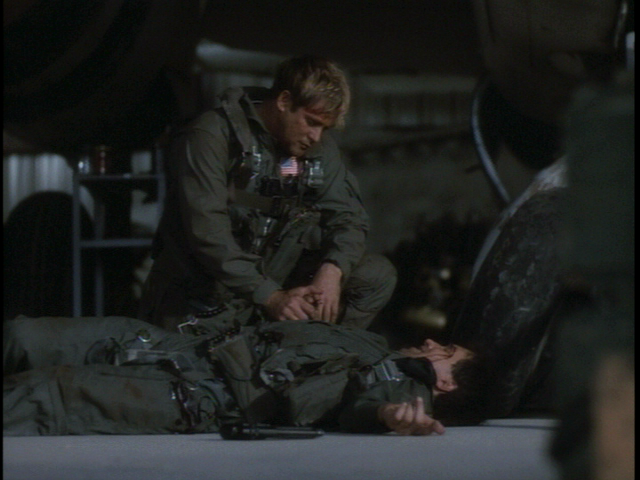
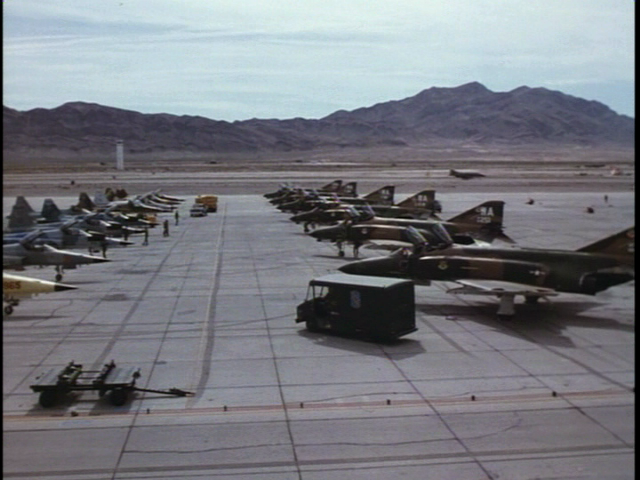
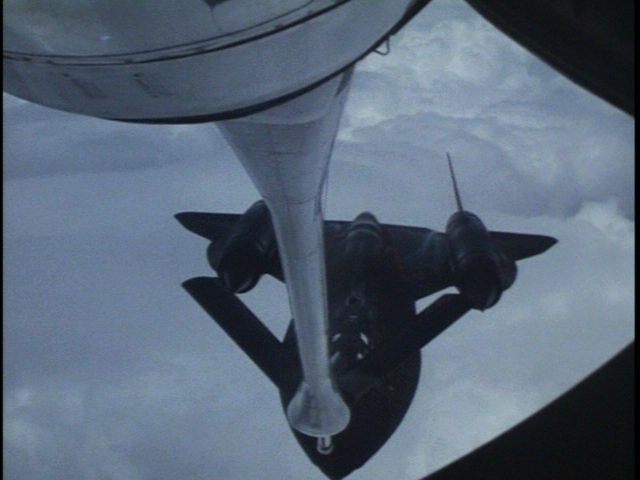
After the DVD revolution, everything changed. Customers don't rent movies as much, they mostly *buy them*. So the decision isn't about spending $2 on a rental, it's about spending $20 on a DVD. Without the cushion of the rental market, a movie has to be something that people will spend the extra money to *own* - and that means it has to be something that they will watch again and again. A decade ago, having a good movie just meant a bump in rentals. Today, without a good movie that can get some good reviews and good word of mouth from the target audience your DVD won't sell well. Maybe you sell one title or two titles, but unless the quality is there stores will begin ordering fewer and fewer copies of your new titles. This is something that low budget producers don't seem to understand... yet. Eventually they will go out of business unless they can either produce a better quality of product or reduce production costs so that they can afford to sell fewer units (or the film to distribs for less money). What's strange about all of this - the qualities that result in someone like The Washington Post giving your Don "The Dragon" Wilson kung fu vampire movie 3 stars are right there in the screenplay - the part of the movie they probably pay the least attention to and pay the least money for! A good script - even on a low budget action flick - will result in higher profits for everyone. Even on a crappy low budget film, you need a script that explores characters and their relationships if you want a shelf life for your movie.
But what happens when a producer hands you a B movie star, a bunch of stock footage of Stealth Fighter planes and a list of other films I can "harvest" stock footage from, and three weeks to turn in a first draft? Once you find the theme (Concealment for purposes of betrayal) how do you add the human factor? Sometimes, to unlock the story... you need a key.
CREATION KEYS
When you're playing beat the clock - reading research books and watching stock footage every night and turning out 5 "good" pages every day - you may not have time to look out the window and think about characters. Most of my characters and their relationships come from *me* - I am my best resource. But sometimes I have trouble figuring out the relationships or getting into the skin of a character very different than myself, and that's when Creation Keys come in handy.
On my DARK SALVAGE script (unsold - but got me 48 studio meetings) I had trouble getting into the head of my antagonist and understanding his relationship with the protagonist. Though I wasn't on an insane deadline with this script, I needed a nudge in the right direction. I searched for a story with a similar relationship to use as a model... and eventually figured out that the antagonist was Art Garfunkle trying to re-invent himself after splitting with Paul Simon. That became the key to the relationships, and my key to figuring out what the antagonist was thinking and feeling and how he related to the protagonist. The antagonist/protagonist relationship was Garfunkle and Simon after the split. That helped me figure out how they would relate to each other, and gave me a handle on my antagonist I didn't have before. That was the key that opened up the whole story to me... and made it easier to write.
On BLACK THUNDER I had my action story and all of my explosions and snapped arms and aerial dog fights, what I needed was the human side of the story. Yesterday I talked about theme - and Concealment For Purposes Of Betrayal, so today we will look at the character side of that: the protagonist concealing relationships and their own emotions. But what were those relationships?

My key ended up John Steinbeck's EAST OF EDEN - about sibling rivalry between two sons - Aaron and Caleb Trask - on a farm in the Salinas Valley in the 1920s. Two brothers fighting for the affection of their father (Adam Trask) - one is a favorite son who can do no wrong, and the other son trying so hard that he keeps blowing it. The harder Caleb tries to win his father's love, the more he completely screws up - and his father pushes him aside. You may have seen the film version with James Dean as Caleb the screw up brother, Richard Davalos as Aaron the brother that can do no wrong, and Raymond Massey as the stern father. It's an emotionally charged story... I just added Stealth Fighter planes.
Once I had this key, I knew all of the relationships and how they would evolve in the story. My protagonist was Vince Conners - a top test pilot. He was my Aaron character. A guy who could seemingly do no wrong. The stern father was his mentor - the best test pilot in the world Col. Tom Ratcher. The screw up brother - Ratcher's other student Rick Jannick. Just like Caleb in EAST OF EDEN, no matter what Jannick does he manages to screw up. Conners hates him, because he's a "skydiver" - he crashes planes. The sibling rivalry between these two is the emotional core of the story. The key to how they relate to each other, and what they *do* and *feel* while things are blowing up.
Once I had this key, I knew that Conners would begin the story hating Jannick and loving Ratcher. This would create drama and tension in the cockpit of the plane as the two search for the missing Nova Stealth Fighter prototype. I had the fuel to create the scenes while they were together - those scenes would be about sibling rivalry. Jannick would keep trying to show off - and screw up. This would drive them farther apart (when they are supposed to be working together) and add another level of danger - will Jannick screw up and get Conners killed? We had danger from the outside and danger from within... twice the excitement!
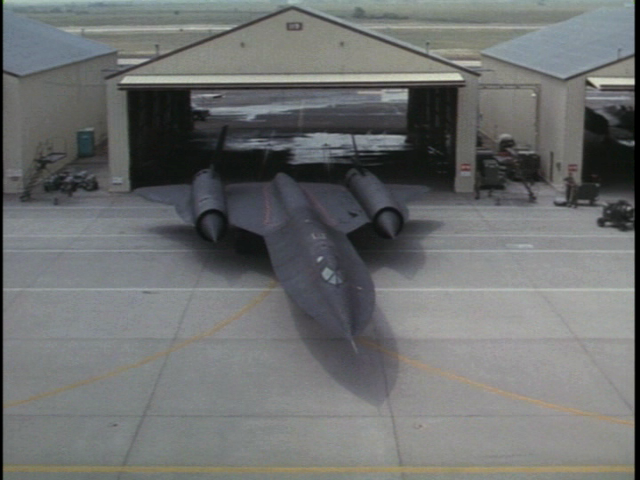
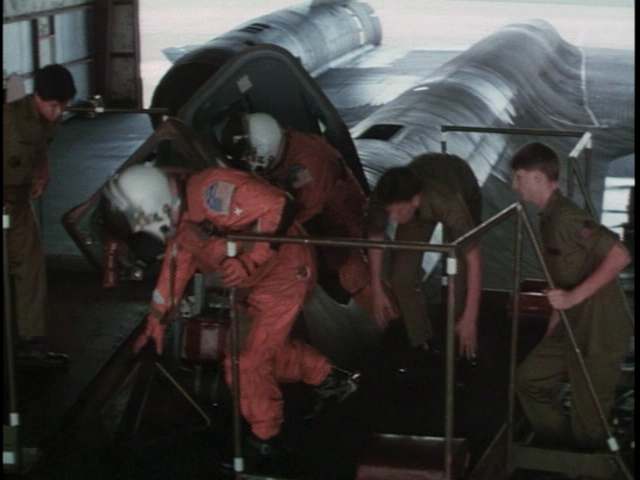
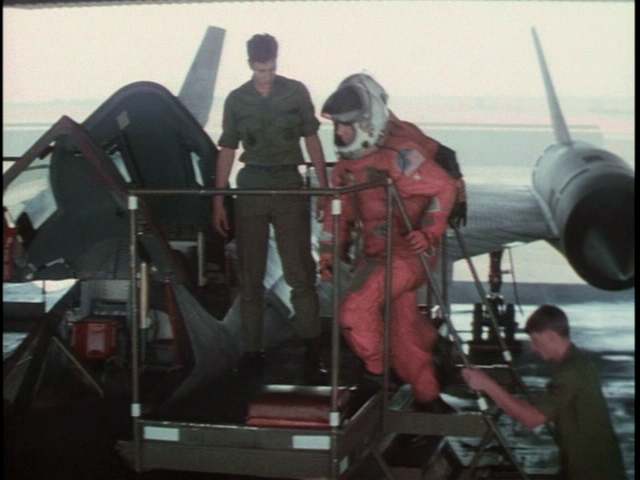

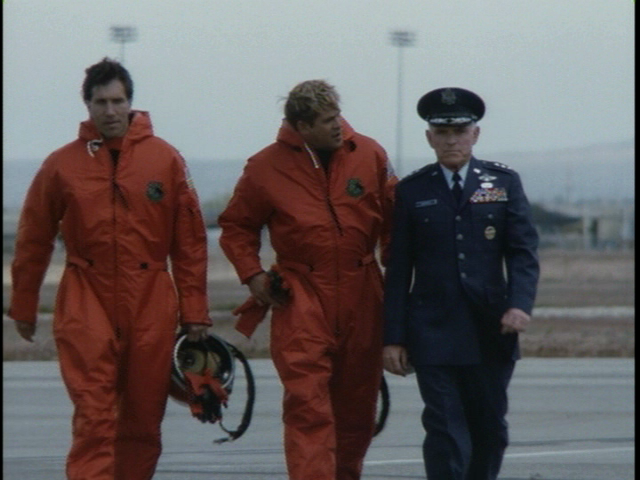
And I knew how the relationships would change: Conners would end up understanding (and loving) Jannick and coming to hate his mentor Col. Ratcher... who ends up being the villain. Once I had that start and end point for the relationships, every scene became part of that emotional journey. I knew I would have a scene where Jannick - whose whole life is about impressing Ratcher - discovers that Ratcher is the villain. I knew there would be a scene where Ratcher is a complete jerk and tells Jannick that he loves Conners and doesn't love Jannick - since Jannick lives for his father's love, I want his father to completely withhold it. That's good, meaty drama.. I knew there would be a scene where Jannick finally admits to himself that he's a screw up - the scene where he calls himself a "skydiver". I knew I would have a scene where Conners discovers that Ratcher is the villain - and the two will end up facing off like Luke Skywalker and Darth Vader. Fighting your father to the death - a messy emotional situation. I knew that I'd have a scene with Conners makes peace with Jannick - realizes that Jannick was always trying to do the right thing... just trying too hard and blowing it. These two guys are brothers. And I knew that Conners would trust Jannick to save the day. Just as knowing the theme helped me to write this in 3 weeks, having this key to the characters helped me turn in a script that was more than just explosions on a tight deadline.
Steinbeck's EAST OF EDEN.... with aerial dogfights.
Once you have that key and those relationships, your job is to create those meaty scenes and make sure those character issues are even part of scenes where things explode. That becomes the focus on the story - it *is* the story... and the explosions are the logical dramatic side effect of those relationships. Just knowing the relationships isn't enough, our job is *showing* the relationships. Using that key to emotionally involve the audience (and reader) in the action. Having the key isn't enough - you have to *use it* to unlock the audience's emotions. We are finding ways for the audience to relate to out characters and make their problems into our problems. To feel their pain.
And feeling their pain becomes much easier for the writer once you understand their emotional situation. Here's a secret: because *I* am the creator of this story, I naturally gravitate to a story that resonantes with *me*. A personal story. A story that I can relate to, because it is secretly *my* story. I have a brother, I have a father... there are personal reasons why I selected EAST OF EDEN as kind of a model for the characters. I also have had friends who became rivals, and I concealed the friiendship in our past from myself (making it easier to dislike them). This story of Stealth Fighter Planes and explosions is secretly *my personal story*. Would not have been if I had not found that character key.
AUDIENCE KEYS

Since the theme of the script was Concealment For Purposes Of Betrayal, I decided to conceal information from the audience. To betray them with some parts of the story. Revealing information is critical to *any* script, no matter what the theme - you want to keep the story alive by giving the audience information that changes the story. Basic reveals change the direction of the story, but some reveals may change the story we have already seen - think about how the end reveal in THE SIXTH SENSE changes the entire film *after* we have seen it. We thought it was one thing while we were watching it, ends up it was something else entirely.
So, after coming up with that EAST OF EDEN key - I decided to conceal it from the audience and parcel out the information - we would learn about the relationships as the story progressed. I "stole" this idea from Atom Egoyan's EXOTICA, where a critical piece of information is withheld from the audience until the very end of the film. EXOTICA contains several characters who know each other - but we don't know HOW they know each other. We have no idea what their relationship really is. This becomes a mystery - we want to know what happened to bring all of these people together in such a strange way. We keep getting little clues, but that main piece of the puzzle that lets us see the whole picture is withheld until the VERY LAST SCENE - a flashback to the incident that set off the story. This makes the relationships between the characters seem to always be evolving and changing - until we get that last scene that acts as a key for the audience. Once they have that key, they understand the relationships.
My key was a photograph... or maybe three photographs.
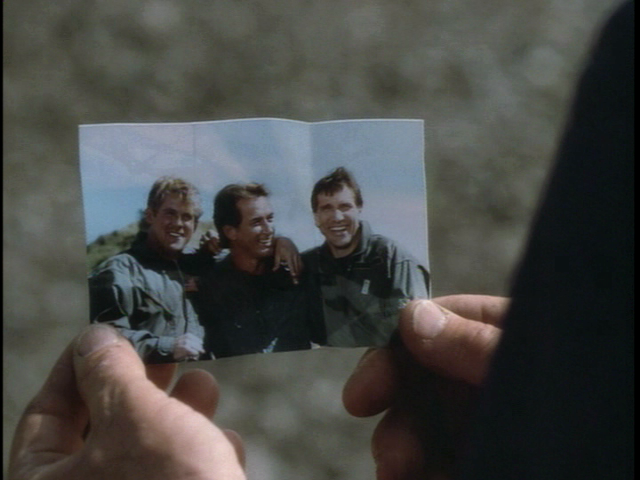
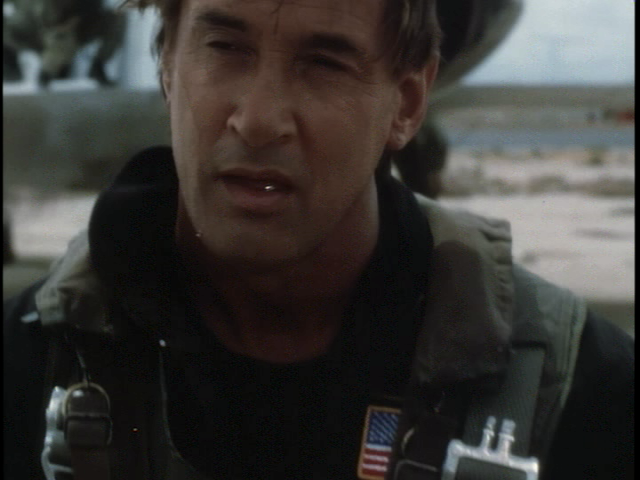
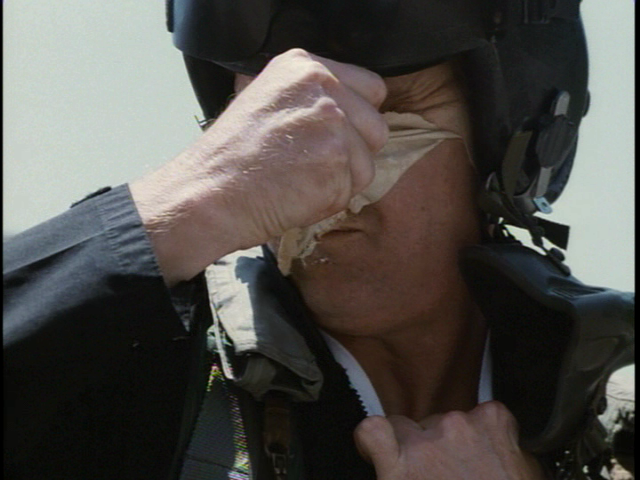
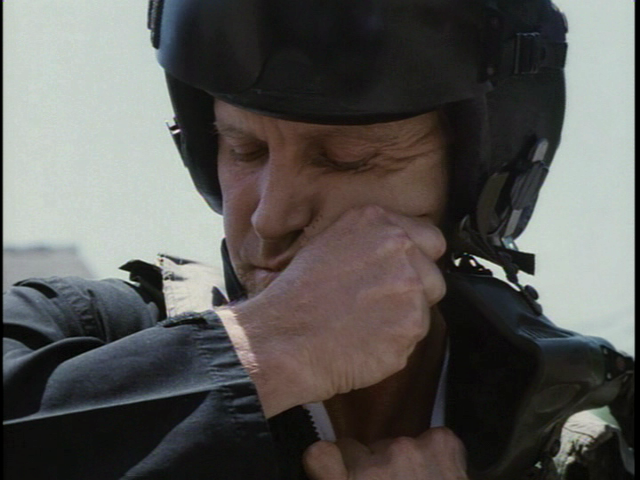
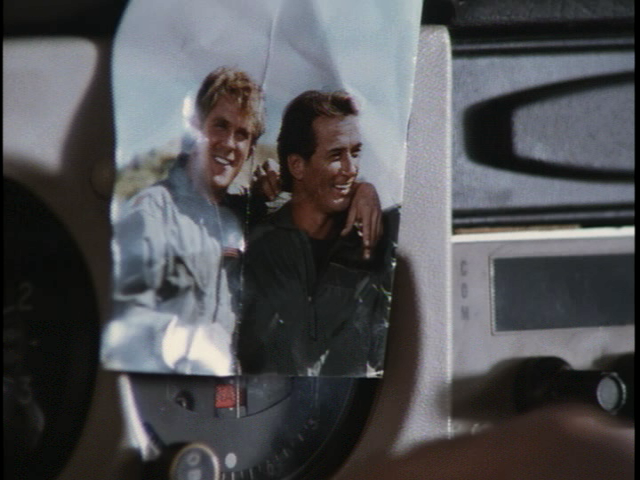
My protagonist, Vince Conners, always carries a photo of himself and his mentor Tom Ratcher - it's his good luck charm. Whenever he gets into a plane, he tapes it to the dashboard. The great thing about this device is that it introduces the relationship between Conners and Ratcher... even though they won't have a scene together until later in the movie (when that relationship has changed significantly). When we first meet Conners, he's flying a Cessna with the photo taped on the control panel. When he climbs into the SR-71 later in the film, he tapes the photo to the control panel.
We know that Conners hates "skydiver" Jannick - refusing to work with him at first. He'd rather work with Ratcher - but Ratcher is retired and they can't find him and get him suited up in time... so he has no choice but to work with Jannick. We know these two have a backstory - but don't know exactly what their relationship was.
After Jannick is captured by the terrorists, they find a photo in his pocket... showing Jannick with Col. Tom Ratcher! Arms around each other - they were friends. So now we know that Conners and Ratcher were student and mentor... and so were Jannick and Ratcher. New information about the characters that changes our understanding of the characters. Conners and Jannick were rivals for Ratcher's affection and approval. But wait - there's more!
I saved the final reveal for the very end of the film. The key to the relationships between all three men. We know that Conners is connected to Ratcher, and Jannick is connected to Ratcher... but the two have not been connected together. Yet....
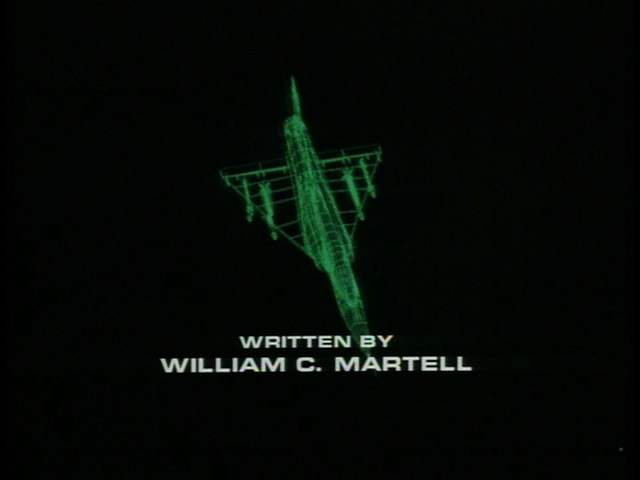
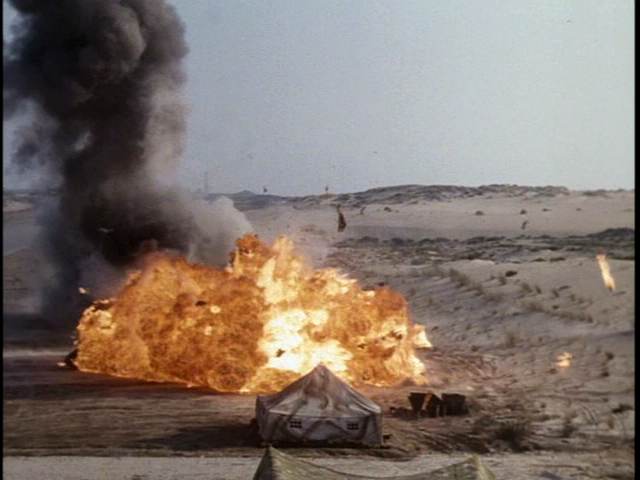
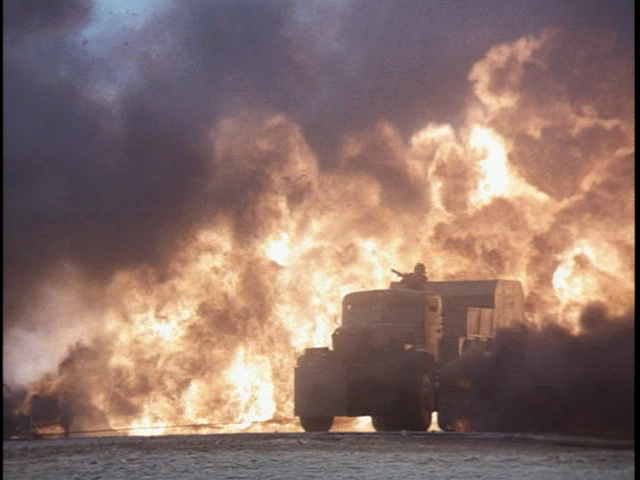
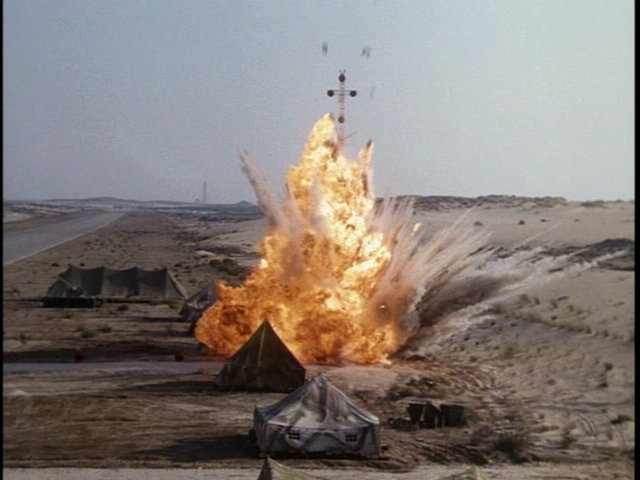
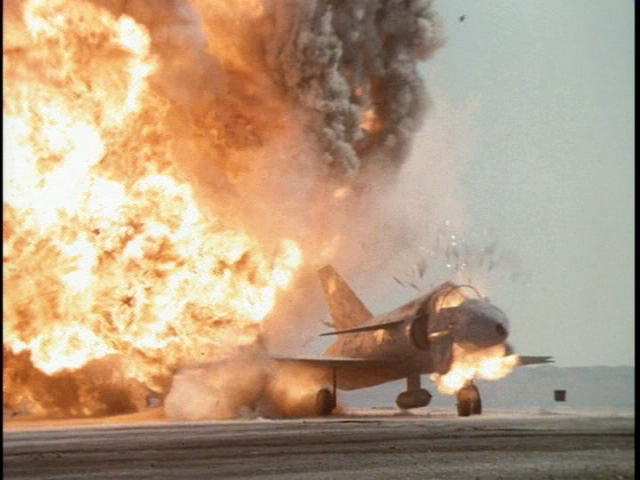
At the END of the film, the LAST SHOT shows a photo with Conners, Ratcher, and Jannick - arms around each other. Now we know that it is not just two guys who once had the same mentor - these are brothers with the same father. And it's not just *any* photo of the three of them together - Conner's photo and Jannick's photo are two halves of the SAME PHOTO. It's like a family photo of father and sons. Once the audience has this key, once they've seen the entire photo, they understand *all* of the relationships. It's a last shot revelation.
I used withheld information in BLACK THUNDER to make the characters mysterious and interesting. Because we don't know
their backstory, we keep guessing what it might be. This is a great technique to give depth to characters who may be played by actors more comfortable in the action scenes than the dramatic scenes.
You can use Keys to help you understand the relationship between characters in your script, and also use keys to help the audience understand the relationships between characters. If your want your film to have a shelf life, to be a DVD that people actually buy, you want to make sure that your characters *have* relationships... and that those relationships are explored in your film... even if it's wall-to-wall action and stars an unemotional martial arts guy who likes to control every freakin' aspect of the film. In the end, the film isn't for the star, it's for the audience.
BLACK THUNDER - CAR CHASE SCENE!
BRAND NEW!
How Do I do That?

101 SCREENWRITING ANSWERS Blue Book!
New to screenwriting? You probably have questions! How do I get an Agent? How do I write a phone conversation? Do I need a Mentor? What’s does VO and OC and OS mean? What is proper screenplay format? Should I use a pen name? Do I need to movie to Hollywood? What’s the difference between a Producer and a Production Manager, and which should I sell my script to? How do I write a Text Message? Should I Copyright or WGA register my script? Can I Direct or Star? How do I write an Improvised scene? Overcoming Writer’s Block? How do I write a Sex Scene? And many many more! This book has the answers to the 101 Most Asked Questions from new screenwriters! Plus a Glossary of terms so that you can sound like a pro! Everything you need to know to begin writing your screenplay!
All of the answers you need to know, from a working professional screenwriter with 20 produced films and a new movie made for a major streaming service in 2023!
Only $4.99
NEW!!!
Can You Make It bigger?

BLOCKBUSTERS (and BEACH READS) Blue Book!
Writing something EPIC?
Over 500 Pages, ONLY : $4.99!
Thinking about writing a big Disaster Movie? An Historical Epic? An Epic Adventure Film? Or maybe you like Gladiator Movies? This book looks at writing Blockbusters and those Big Fat Beach Read novels - anything epic! Usng movies like JAWS, POSEIDON ADVENTURE, LAWRENCE OF ARABIA, THE GUNS OF NAVARONE, and those MARVEL and FAST & FURIOUS flicks as examples. What *is* a Blockbuster? 107 years of Blockbuster history! Blockbuster Characters. Blockbuster Story Types! Why modern Blockbusters are soap operas! Social Issues in Blcokbusters? Big Emotions! Keeping All Of Those Characters Distinctive! How to avoid the Big problems found in Big Movies and books! More! If you are writing a Big Event Movie or a Big Fat Novel, there are tips and techniques to help you!
Only $4.99
NEW!!
All About Endings!
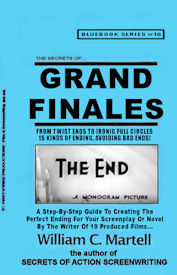
GRAND FINALES Blue Book!
The Perfect Ending For Your Story!
The First Ten Pages Of Your Screenplay Are Critical,
But What About The Last 10 Pages?
Creating the perfect ending to your story! This 100,000 word book shows you how to end your story with a bang, rather than a whimper. Everything from Resolution Order to Act Three Tools to Happy or Sad Endings? to How The Beginning Of Your Story Has Clues To The Ending (in case you were having trouble figuring out how the story should end) to Falling Action to How To Avoid Bad Endings to Writing The Perfect Twist Ending to Setting Up Sequels & Series to Emotional Resolutions to How To Write Post Credit Sequences to Avoiding Deus Ex Machinas, to 20 Different Types Of Ends (and how to write them) and much more! Everything about endings for your screenplay or novel!
Only$4.99
BRAND NEW
All About LOGLINES, TREATMENTS, and PITCHING!

LOGLINES, TREATMENTS, and PITCHING! Blue Book!
Distilling Your Screenplay!
Loglines, Treatments, Pitching, Look Books, Pitch Decks, One Pagers, Rip-O-Matics?
You have written a brilliant 110 page screenplay, but how do you get anyone to read it? You need to distill it down into some form of verbal moonshine or story rocket fuel that will ignite that bored development executive or manager or agent and get them to request your screenplay. But how do you shrink those 110 pages into a 25 word logline or a 2 minute elevator pitch or a one page synopsis or a short paragraph? This 100,000 word book shows you how! Everything you need to know! From common logline mistakes (and how to solve them) to how your pitch can reveal story problems to the 4 types of pitches!
272 pages - ONLY $4.99!
NEW: WRITE IT: FILM IT!

Making Your Own Movie?
Writing An Indie Film?
Writing A Low Budget Genre Script To Sell?
Writing A Made For TV Holiday Movie?
You will be writing for BUDGET. On a standard spec screenplay, you don’t have to think about budget, but these types of screenplays writing with budget in mind is critical!
If you are making your own movie, budget, is even more important - and you need to think about budget *before* you write your screenplay... or you will end up with a script that you can’t afford to make (or is a struggle to make). Everyone is making their own films these days, and even if you have done it before there are lots of great techniques in this book to get more money on screen - for less money! You can make a film that looks like it cost millions for pocket change.
344 pages - SALE:: $7.99!
NEW!

THE MISSION IMPOSSIBLE MOVIES
NEW: Updates On Films 7 & 8 Casting!
All Six Movies analyzed! All of the mission tapes, all of the “that’s impossible!” set pieces and stunts, the cons and capers - and how these scenes work, the twists and double crosses, the tension and suspense (and how to generate it), the concept of each film as a stand alone with a different director calling the shots (broken in the sixth film), the gadgets, the masks, the stories, the co-stars and team members (one team member has been in every film), the stunts Tom Cruise actually did (and the ones he didn’t), and so much more! Over 120,000 words of fun info!
THE MISSION IMPOSSIBLE MOVIES - 347 pages - Only $3.99 !
NO KINDLE REQUIRED! Get the *free* app (any device, except your Mr. Coffee) on the order page on Amazon!

BRAND NEW!
*** THE BOURNE MOVIES
All five "Bourne" movies (including "Legacy" and it's potential sequels) - what are the techniques used to keep the characters and scenes exciting and involving? Reinventing the thriller genre...
or following the "formula"? Five films - each with an interesting experiment! A detailed analysis of each
of the films, the way these thrillers work... as well as a complete list of box office and critical
statistics for each film. This book is great for writers, directors, and just fans of the series.
268 pages - Only $3.99
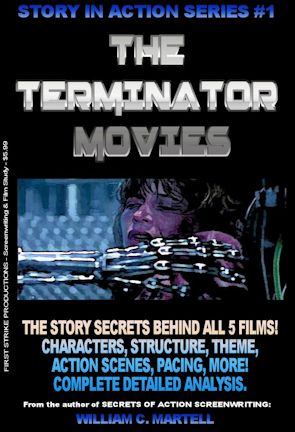
Over 240 pages!
*** THE TERMINATOR MOVIES *** - For Kindle!
He's back! The release of "Terminator: Dark Fate" is set to begin a new trilogy in
the Terminator story... 35 years after the first film was released. What draws us to these films about
a cybernetic organism from the future sent back in time? Why is there a new proposed trilogy every few
years? This book looks at all five Terminator movies from a story standpoint - what makes them work
(or not)? What are the techniques used to keep the characters and scenes exciting and involving? How
about those secret story details you may not have noticed? Containing a detailed analysis of each of
the five films so far, this book delves into the way these stories work... as well as a complete list of
box office and critical statistics for each film. This book is great for writers, directors, and just
fans of the series.
ONLY $3.99 - and no postage!
Tips FAQ

My New Script Secrets Newsletter!

NEW BOOKS!
BRAND NEW
OUTLINES & THE THEMATIC!
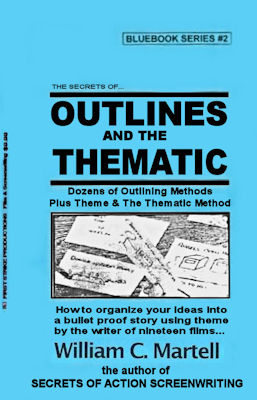
OUTLINES & THE THEMATIC Blue Book.
ARE YOUR SCENES IN THE RIGHT ORDER?
AND ARE THEY THE RIGHT SCENES?
Your story is like a road trip... but where are you going? What's the best route to get there? What are the best sights to see along the way? Just as you plan a vacation instead of just jump in the car and start driving, it's a good idea to plan your story. An artist does sketches before breaking out the oils, so why shouldn't a writer do the same? This Blue Book looks at various outlining methods used by professional screenwriters like Wesley Strick, Paul Schrader, John August, and others... as well as a guest chapter on novel outlines. Plus a whole section on the Thematic Method of generating scenes and characters and other elements that will be part of your outline. The three stages of writing are: Pre-writing, Writing, and Rewriting... this book looks at that first stage and how to use it to improve your screenplays and novels.
Only $4.99!
ALSO NEW!
DESCRIPTION & VOICE Blue Book!
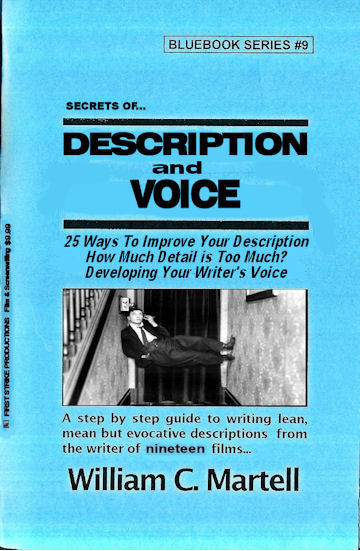
DESCRIPTION & VOICE Blue Book.
IS HALF OF YOUR STORY IN TROUBLE?
Most screenplays are about a 50/50 split between dialogue and description - which means your description is just as important as your dialogue. It just gets less press because the audience never sees it, the same reason why screenwriters get less press than movie stars. But your story will never get to the audience until readers and development executives read your script... so it is a very important factor. Until the movie is made the screenplay is the movie and must be just as exciting as the movie. So how do you make your screenplay exciting to read? Description is important in a novel as well, and the “audience” does read it... how do we write riveting description?
Only $4.99!
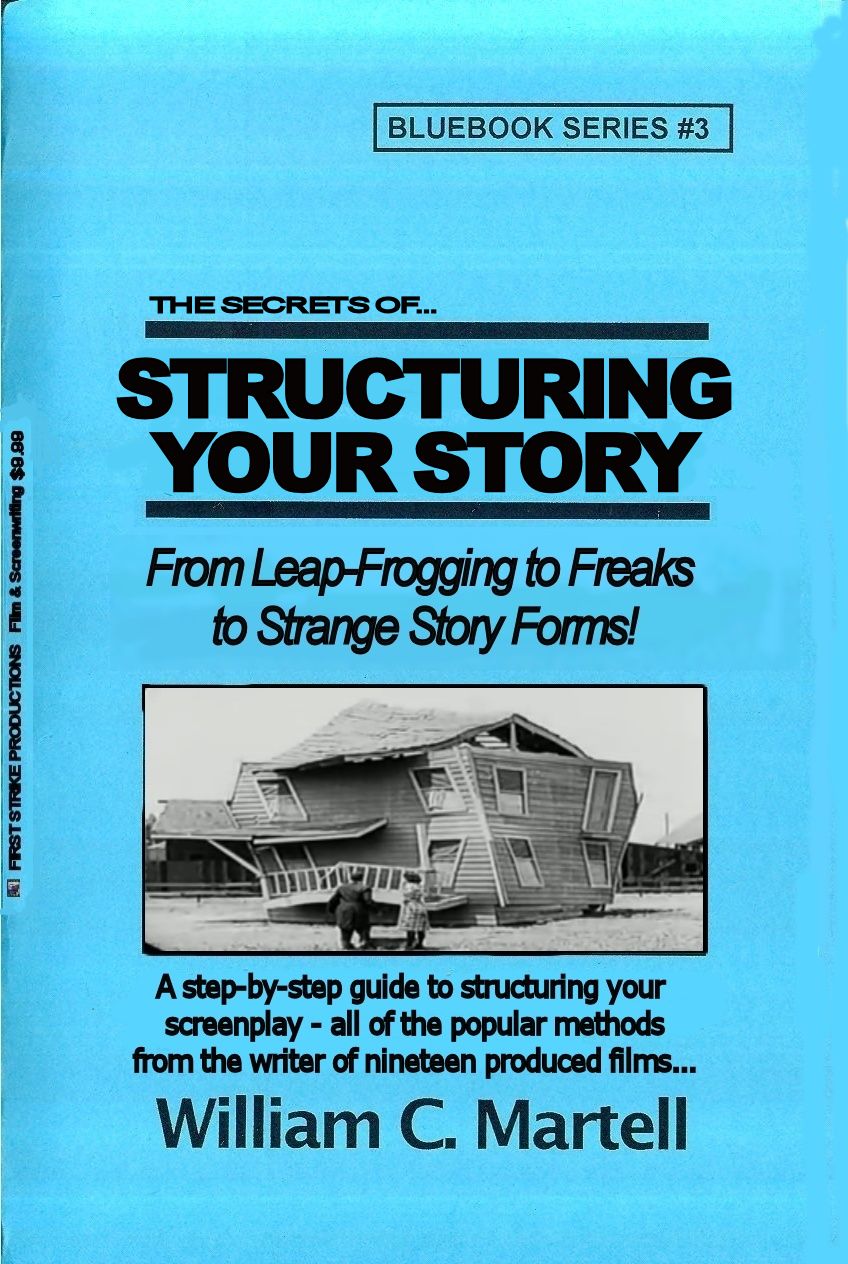
NEW AND HOT!
*** STRUCTURING YOUR STORY *** - For Kindle!
William Goldman says the most important single element of any screenplay is structure. It’s the skeleton under the flesh and blood of your story. Without it, you have a spineless, formless, mess... a slug! How do you make sure your structure is strong enough to support your story? How do you prevent your story from becoming a slug? This Blue Book explores different types of popular structures from the basic three act structure to more obscure methods like leap-frogging. We also look at structure as a verb as well as a noun, and techniques for structuring your story for maximum emotional impact. Most of the other books just look at *structure* and ignore the art of *structuring* your story. Techniques to make your story a page turner... instead of a slug!
Only $4.99 - and no postage!
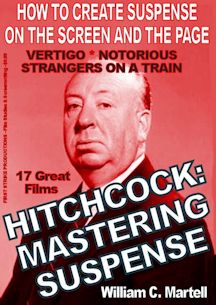
LEARN SUSPENSE FROM THE MASTER!
*** HITCHCOCK: MASTERING SUSPENSE *** - For Kindle!
Alfred Hitchcock, who directed 52 movies, was known as the *Master Of Suspense*; but what exactly is suspense and how can *we* master it? How does suspense work? How can *we* create “Hitchcockian” suspense scenes in our screenplays, novels, stories and films?
This book uses seventeen of Hitchcock’s films to show the difference between suspense and surprise, how to use “focus objects” to create suspense, the 20 iconic suspense scenes and situations, how plot twists work, using secrets for suspense, how to use Dread (the cousin of suspense) in horror stories, and dozens of other amazing storytelling lessons. From classics like “Strangers On A Train” and “The Birds” and “Vertigo” and “To Catch A Thief” to older films from the British period like “The 39 Steps” and “The Man Who Knew Too Much” to his hits from the silent era like “The Lodger” (about Jack The Ripper), we’ll look at all of the techniques to create suspense!
Only $5.99

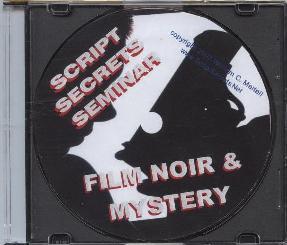
AUDIO CLASS!
NOIR & MYSTERY80 minute MP3 packed with information on writing Film Noir and Mystery scripts. Using examples from CHINATOWN to OUT OF THE PAST to DOUBLE INDEMNITY you'll learn how to create stories in this dark, twisted genre. How to plant clues, red herrings, suspects, victims, spider women, fallen heroes, the funhouse mirror world of noir supporting characters... and the origins of Film Noir in literature Noir dialogue and how noir endings are different than any other genre. All of the critical elements necessary to write in this critically popular genre.
The Noir & Mystery Class is only $15 (plus $5 S&H). First 20 on Limited Black Disk!
RECESSION SALE! $5 OFF!
IDEAS AND CREATIVITY - 80 minute MP3 packed with information. Tools to find ideas that are both personal *and* commercial. Hollywood wants scripts with High Concept stories... but not stupid scripts. Developing *intelligent* high concept ideas. How to turn your personal story into a blockbuster - or find your personal story in a high concept idea. Brainstorming and being creative. Ideas and Creativity is $10.00 (plus $5 S&H)
WRITING INDIES - Writing an Indie film? This class covers everything you need to know - from Central Locations to Confined Cameos. Using examples from SWINGERS, THE COOLER, STATION AGENT and others, this 80 minute MP3 is packed with information. How Indoe films challenge the audience (while mainstream films reassure the audience). Structures, using BOYS DON'T CRY, RUN LOLA RUN, HILARY & JACKIE, and others as example. Writing for a budget, writing for non-actors, getting the most production value out of your budget. Writing Indies is $10.00 (plus $5 S&H)
WRITING HORROR - The essentials of a horror screenplay - what do ROSEMARY'S BABY, NIGHT OF THE LIVING DEAD, THE EXORCIST, BRIDE OF FRANKENSTEIN, THE OTHERS and OPEN WATER have in common? This class will tell you! All of the critical elements necessary to write a script that scares the pants off the audience. Writing Horror is $10.00 (plus $5 S&H).
Click here for more information on CLASS MP3s!
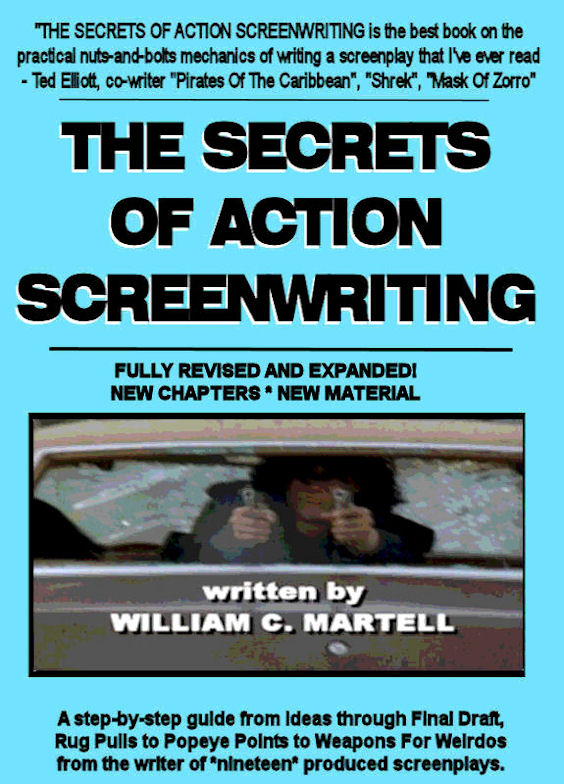
THE BOOK THAT STARTED IT ALL!
*** THE SECRETS OF ACTION SCREENWRITING *** - For Kindle!
*** THE SECRETS OF ACTION SCREENWRITING *** - For Nook!
Why pay $510 for a used version of the 240 page 2000 version that used to retail for $21.95? (check it out!) when
you can get the NEW EXPANDED VERSION - over 500 pages - for just $9.99? New chapters, New examples, New techniques!
"SECRETS OF ACTION SCREENWRITING is the
best book on the practical nuts-and-bolts mechanics of writing a screenplay I've ever read."
- Ted Elliott, co-writer of MASK OF ZORRO, SHREK, PIRATES OF THE CARIBBEAN and the sequels (with Terry Rossio). (ie; 4 of the top 20 Box Office Hits Of ALL TIME.)
Only $9.99 - and no postage!
READY TO BREAK IN?
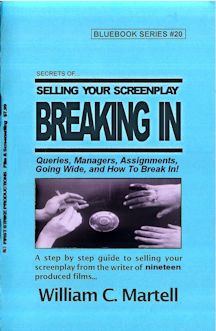
NEW!
*** BREAKING IN BLUE BOOK *** - For Kindle!
Should really be called the BUSINESS BLUE BOOK because it covers almost everything you will need to
know for your screenwriting career: from thinking like a producer and learning to speak their language,
to query letters and finding a manager or agent, to making connections (at home and in Hollywood) and
networking, to the different kinds of meetings you are will have at Studios, to the difference between
a producer and a studio, to landing an assignment at that meeting and what is required of you when you
are working under contract, to contracts and options and lawyers and... when to run from a deal!
Information you can use *now* to move your career forward! It's all here in the Biggest Blue Book yet!
Print version was 48 pages, Kindle version is over 400 pages!
$4.99 - and no postage!
NO KINDLE REQUIRED! Get the *free* app (any device, except your Mr. Coffee) on the order page on Amazon!
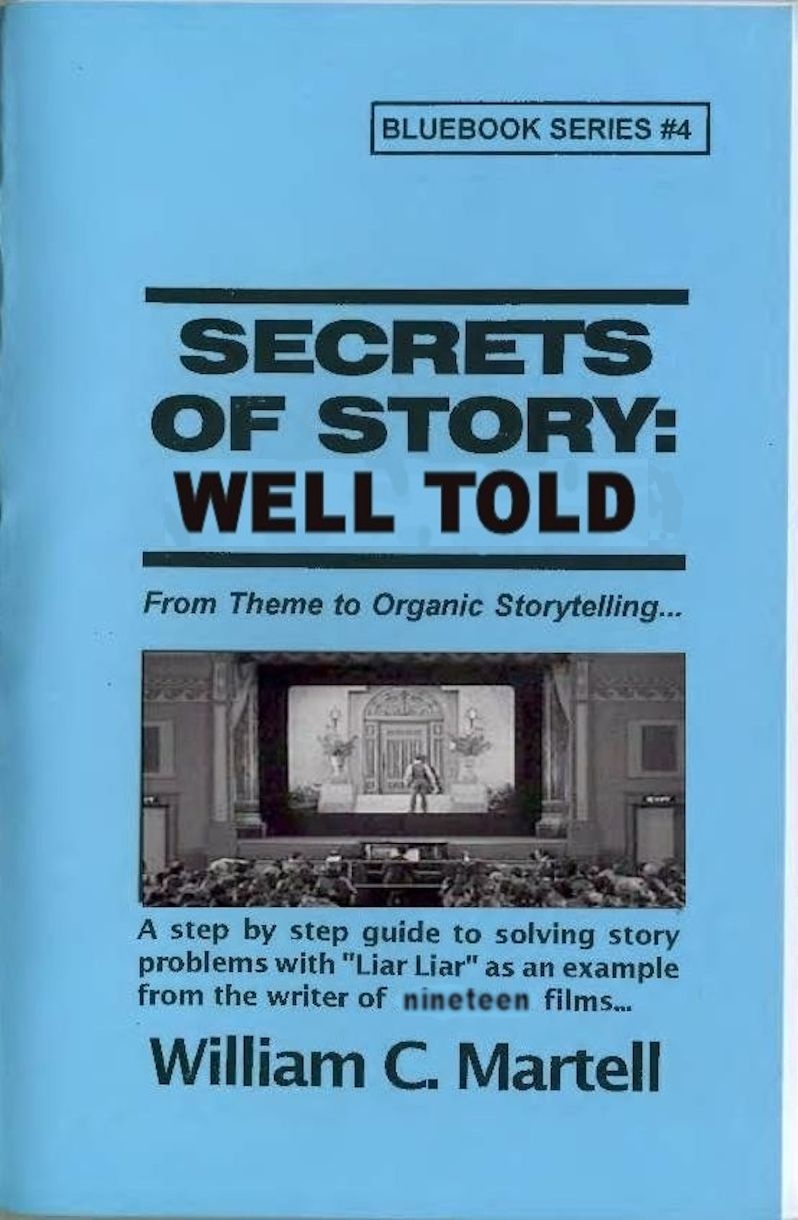
STORY: WELL TOLD!
*** STORY: WELL TOLD *** - For Kindle!
This book takes you step-by-step through the construction of a story... and how to tell a story well, why Story always starts with character... but ISN'T character, Breaking Your Story, Irony, Planting Information, Evolving Story, Leaving No Dramatic Stone Unturned, The Three Greek Unities, The Importance Of Stakes, The Thematic Method, and how to create personal stories with blockbuster potential. Ready to tell a story?
Print version was 48 pages, Kindle version is over 85,000 words - 251 pages!
Only $4.99 - and no postage!
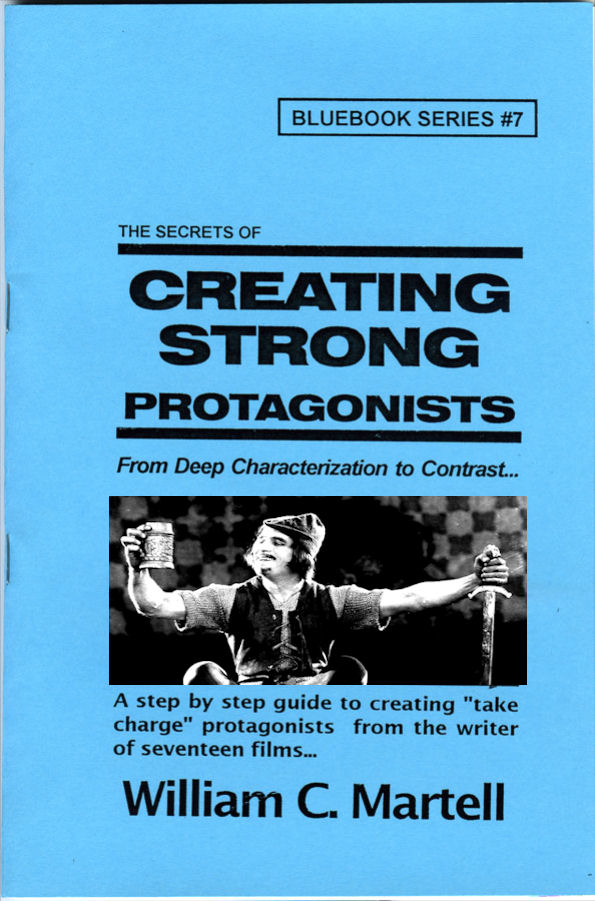
MOVIES ARE CHARACTERS!
*** CREATING STRONG PROTAGONISTS *** - For Kindle!
*** CREATING STRONG PROTAGONISTS *** - For Nook!
Expanded version with more ways to create interesting protagonists! A step-by-step guide to creating "take charge" protagonists. Screenplays are about characters in conflict... characters in emotional turmoil... Strong three dimensional protagonists who can find solutions to their problems in 110 pages. But how do you create characters like this? How do you turn words into flesh and blood? Character issues, Knowing Who Is The Boss, Tapping into YOUR fears, The Naked Character, Pulp Friction, Man With A Plan, Character Arcs, Avoiding Cliche People, Deep Characterization, Problem Protagonists, 12 Ways To Create Likable Protagonists (even if they are criminals), Active vs. Reactive, The Third Dimension In Character, Relationships, Ensemble Scripts, and much, much more. Print version is 48 pages, Kindle version is once again around 205 pages!
ONLY $4.99 - and no postage!
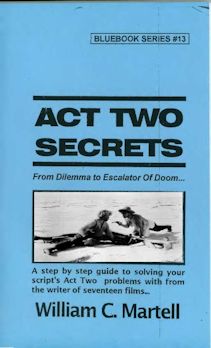
ACT TWO SOLUTIONS!
*** ACT TWO SECRETS *** - For Kindle!
Expanded version with more techniques to help you through the desert of Act Two! Subjects Include: What Is Act Two? Inside Moves, The 2 Ps: Purpose & Pacing, The 4Ds: Dilemma, Denial, Drama and Decision, Momentum, the Two Act Twos, Subplot Prisms, Deadlines, Drive, Levels Of Conflict, Escalation, When Act Two Begins and When Act Two Ends, Scene Order, Bite Sized Pieces, Common Act Two Issues, Plot Devices For Act Two, and dozens of others. Over 67,000 words (that’s well over 200 pages) of tools and techniques to get you through the desert of Act Two alive!
Print version was 48 pages, Kindle version is well over 200 pages!
ONLY $4.99 - and no postage!
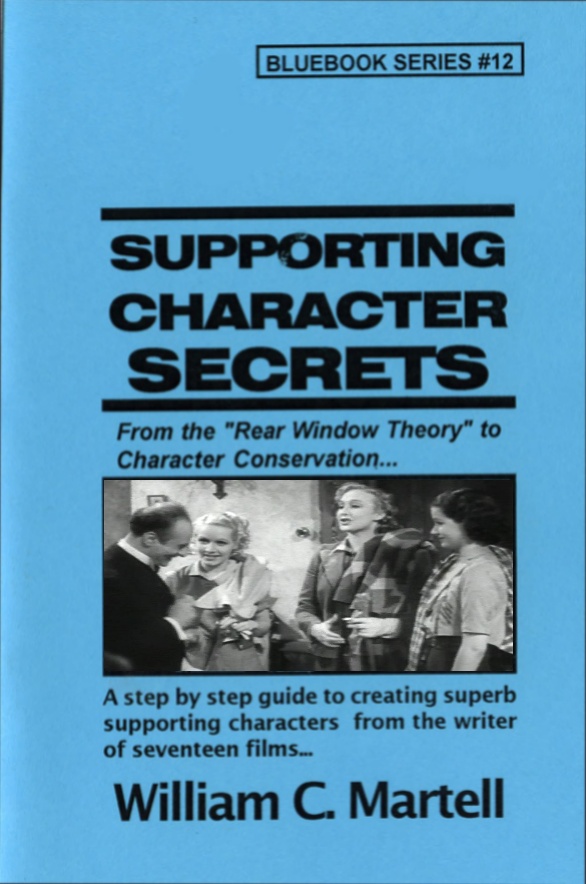
SUBPLOTS?
*** SUPPORTING CHARACTER SECRETS *** - For Kindle! (Exclusive)
Expanded version with more techniques to flesh out your Supporting Characters and make them individuals. Using the hit movie BRIDESMAIDS as well as other comedies like THE HANGOVER and TED and HIGH FIDELITY and
40 YEAR OLD VIRGIN and many other examples we look at ways to make your Supporting Characters come alive on the page.
Print version was 48 pages, Kindle version is around 170 pages!
ONLY $4.99 - and no postage!

ADVICE FROM 1920!
*** VINTAGE #1: HOW TO WRITE PHOTOPLAYS *** - For Kindle!
***
Screenwriting books have been around as long as films have. This series reprints vintage screenwriting books with a new introduction and history, plus new articles which look at how these lessons from almost 100 years ago apply to today’s screenplays. Anita Loos book is filled with information which still applies.
In addition to the full text of the original book, you get the full screenplay to Miss Loos' hit THE LOVE EXPERT, plus several new articles on the time period and women in Hollywood.
ONLY $2.99 - and no postage!
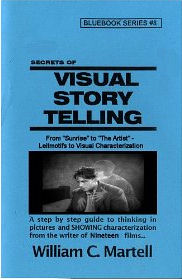
I WRITE PICTURES!
*** VISUAL STORYTELLING *** - For Kindle! (exclusive)
Show Don't Tell - but *how* do you do that? Here are techniques to tell stories visually! Using Oscar Winning Films and Oscar Nominated Films as our primary examples: from the first Best Picture Winner "Sunrise" (1927) to the Oscar Nominated "The Artist" (which takes place in 1927) with stops along the way Pixar's "Up" and Best Original Screenplay Winner "Breaking Away" (a small indie style drama - told visually) as well as "Witness" and other Oscar Winners as examples... plus RISE OF THE PLANET OF THE APES. Print version is 48 pages, Kindle version is over 200 pages!
ONLY $4.99 - and no postage!
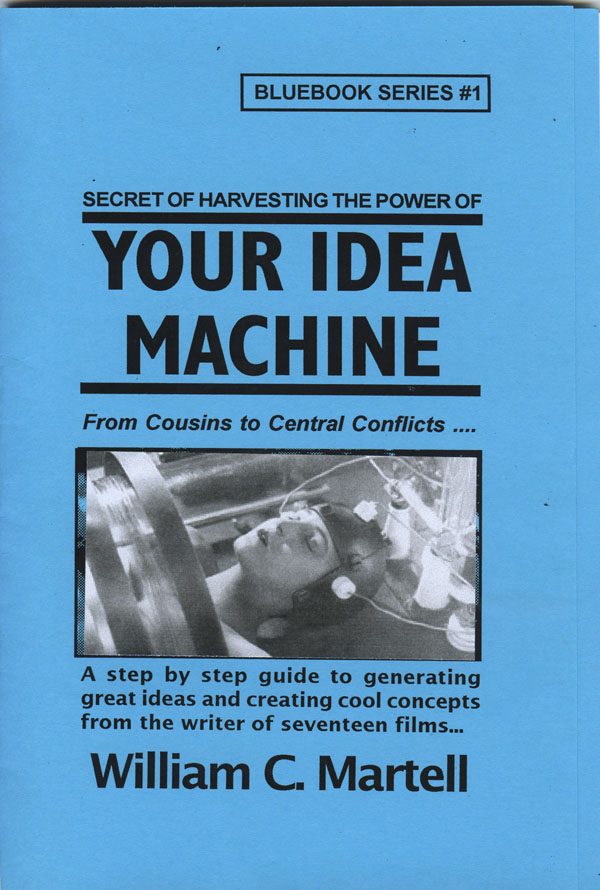
BEST SELLER!
*** YOUR IDEA MACHINE *** - For Kindle!
*** YOUR IDEA MACHINE *** - For Nook!
Expanded version with more ways to find great ideas! Your screenplay is going to begin with an idea. There are good ideas and bad ideas and commercial ideas and personal ideas. But where do you find ideas in the first place? This handbook explores different methods for finding or generating ideas, and combining those ideas into concepts that sell. The Idea Bank, Fifteen Places To Find Ideas, Good Ideas And Bad Ideas, Ideas From Locations And Elements, Keeping Track Of Your Ideas, Idea Theft - What Can You Do? Weird Ways To Connect Ideas, Combing Ideas To Create Concepts, High Concepts - What Are They? Creating The Killer Concept, Substitution - Lion Tamers & Hitmen, Creating Blockbuster Concepts, Magnification And The Matrix, Conflict Within Concept, Concepts With Visual Conflict, Avoiding Episodic Concepts, much more! Print version is 48 pages, Kindle version is over 175 pages!
Only $4.99 - and no postage!

PRO DIALOGUE TECHNIQUES!
*** DIALOGUE SECRETS *** - For Kindle!
*** DIALOGUE SECRETS *** - For Nook!
Expanded version with more ways to create interesting dialogue! How to remove bad dialogue (and what *is* bad dialogue), First Hand Dialogue, Awful Exposition, Realism, 50 Professional Dialogue Techniques you can use *today*, Subtext, Subtitles, Humor, Sizzling Banter, *Anti-Dialogue*, Speeches, and more. Tools you can use to make your dialogue sizzle! Special sections that use dialogue examples from movies as diverse as "Bringing Up Baby", "Psycho", "Double Indemnity", "Notorious", the Oscar nominated "You Can Count On Me", "His Girl Friday", and many more! Print version is 48 pages, Kindle version is over 175 pages!
Only $4.99 - and no postage!

Use your creative energy to focus on the content; let Final Draft take care of the style. Final Draft is the number-one selling application specifically designed for writing movie scripts, television episodics and stage plays. Its ease-of-use and time-saving features have attracted writers for almost two decades positioning Final Draft as the Professional Screenwriters Choice. Final Draft power users include Academy, Emmy and BAFTA award winning writers like Oliver Stone, Tom Hanks, Alan Ball, J.J. Abrams, James Cameron and more.
* * * Buy It!
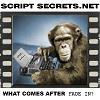
|

